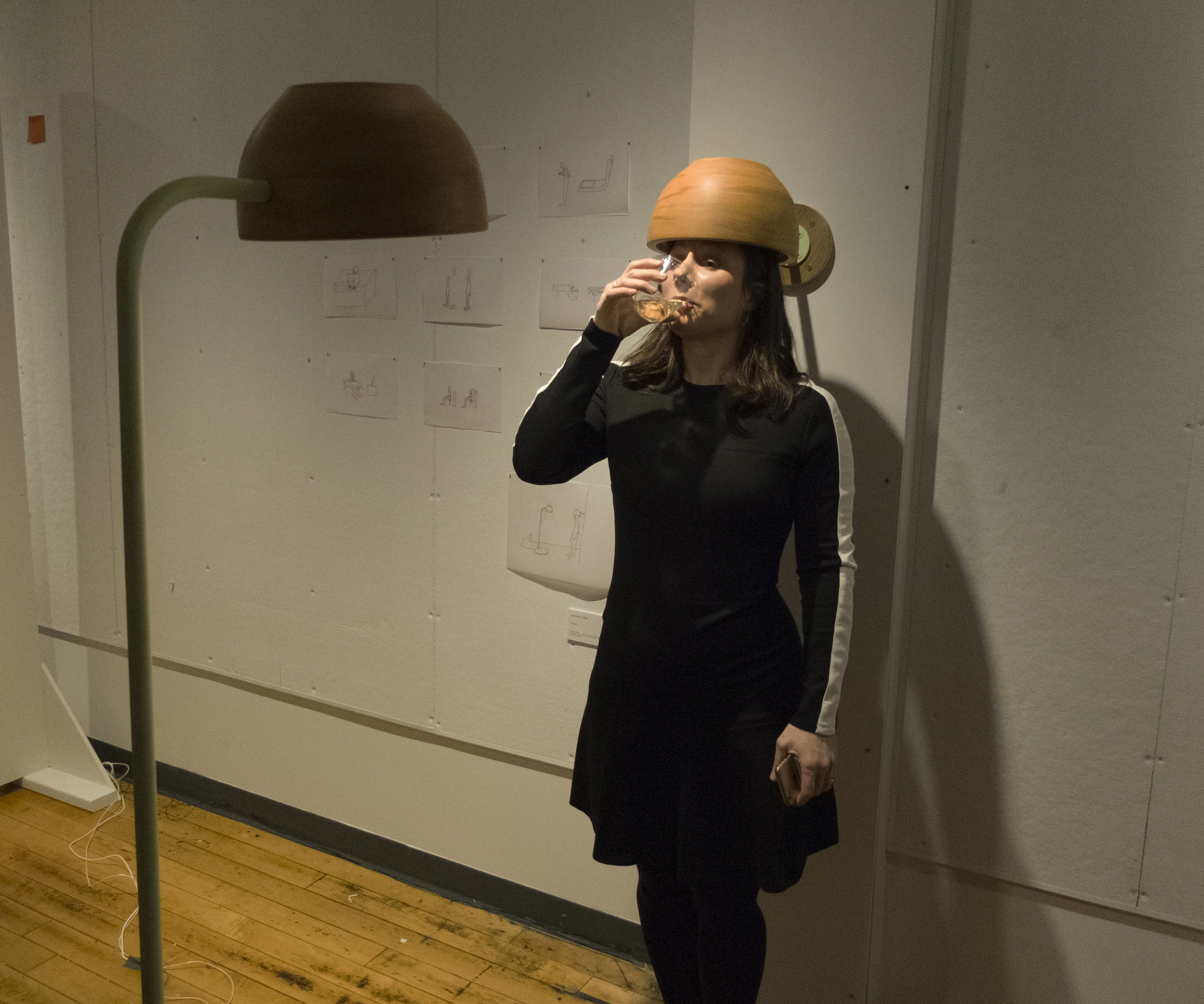How can objects that exude autonomy
afford physical interaction?
Since the application of anthropometrics to industrial design, the physical relationship of person to technology has steadily evolved. Today's tools are not boxy and mechanical but sleek, organic, or invisible. Computers fit into handbags, phones into pockets, headphones into ear canals.
Ski boots, bike helmets, rollercoaster harnesses, car seats, and salon hair washing stations, to name a few, are different. These products are designed to be useful yet they have physical autonomy. They recognize and assist the body, yet are seemingly not transformed by the need to perfectly compliment it.
To illustrate this relationship and more closely observe its effects, I created two scenarios and a series of illustrations in which (functional) object autonomy is well defined.



















